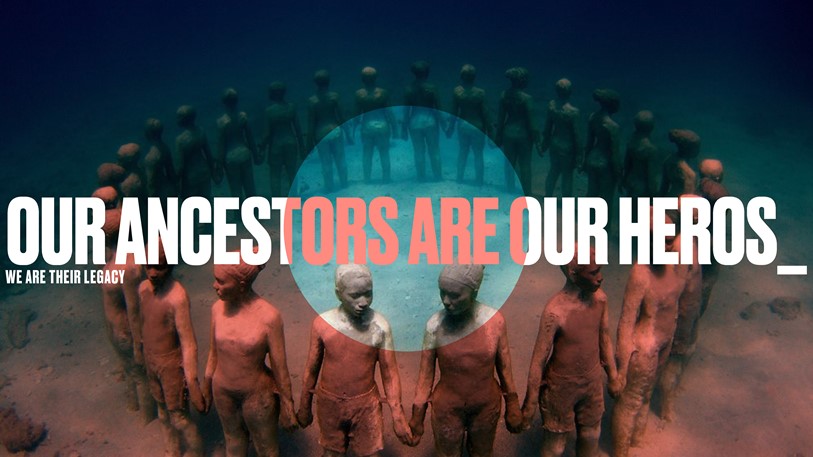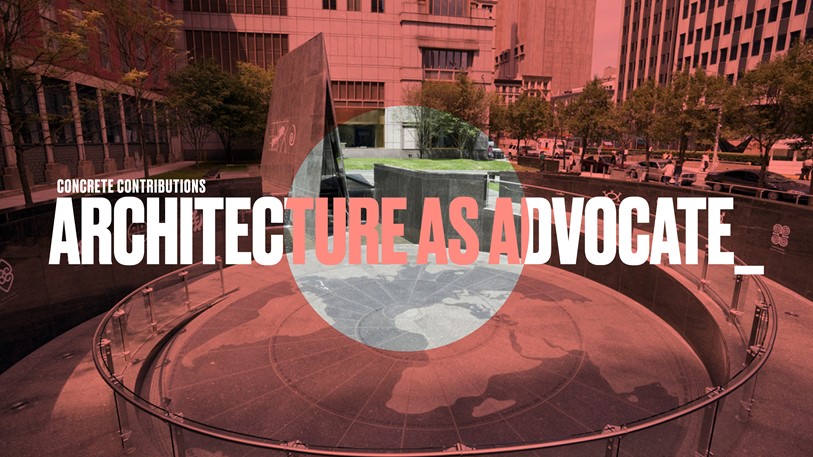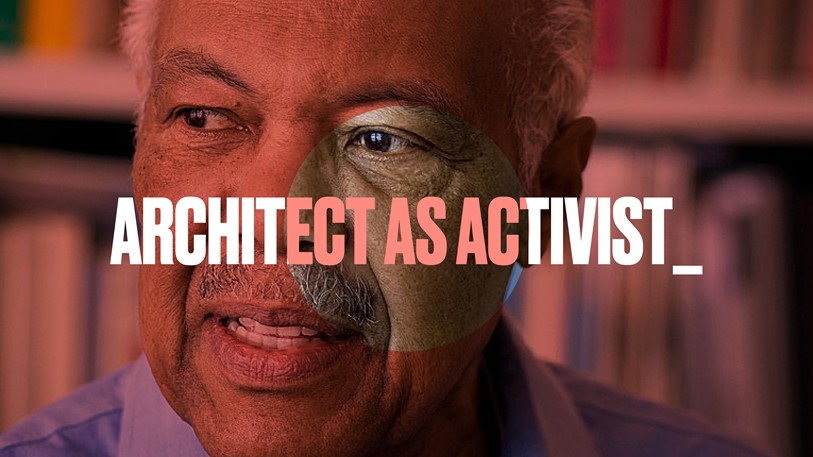What Not to Miss in Pascale Sablan’s Advocacy
Pascale Sablan is a woman on a mission, and her mission is to advocate for diversity in architecture. Her work, in creating more than ten "Say it Loud" exhibitions worldwide (as well as the accompanying website and app), a rigorous speaking schedule delivering her "I was Asked to Stand" speeches, and generally advocating for equality and diversity in the profession of architecture is inspiring, refreshing and much needed. What is bewildering is that this work was originally all done on her own personal time. After working 9am - 5pm as an architect, Pascale would begin her second shift from 5pm - 9pm advancing the awareness of diverse architects.
In her new role with Adjaye Associates, she is embraced for both parts of her identity: Architect and Advocate. As Pascale states, “we were told we had to choose, we can do both!” Once again demonstrating that the work of and advocacy for diverse designers are aligned and important. These qualities should be reflected in our profession's culture and business models.
As one of Hanbury’s 2020 Virginia Design Medalists, Pascale engaged us in a conversation about Advocacy. To advance changes in our profession, we must thoroughly process the information she has given us. As a firm and as architects, we need to embrace Pascale's mission in our practices and in how architects are educated. Greater respect needs to be paid to diverse designers. Our profession needs to consciously take notice of the work and accomplishments of diverse architects. Architects must accept the role architecture itself plays in creating an equitable society and our role in advocating for it. These major avenues of change should be continually discussed because these conversations have the power to elevate the efficacy of our profession by diversifying the demographics of architects to reflect and understand our end users.
I was Asked to Stand
Pascale’s story about her first week at Pratt Institute's School of Architecture, when the professor asked her to stand and told the packed lecture hall that black women will not make it as architects, is not unique. Black architecture students hear these covert and overt messages and, all too often, it sinks in. We do not belong. This is not for us. Only five percent of black applicants are accepted to architecture schools and only three percent of black architecture students graduate. As a Hampton University alumni, I’m part of the 50 percent of black architecture graduates that attended historically black colleges and universities. These jaw-dropping statistics run counter to the profession's expressed intent to encourage diversity in its ranks. The cost of becoming a certified architect – from undergraduate, grad school, the Architect Registration Examination® and certification can run from $40,000 to more than $200,000 and typically takes more than a decade to achieve. This is a pursuit that many students give up on along the way and inherently makes architecture inaccessible to a diverse student base. These realities, combined with stories like Pascale's, reinforce architecture's elitist stereotype and appearance that the profession is for white males only.
Our Ancestors are Our Heroes
Diverse designers have not been recognized or given their due attention. Prior to Pascale's advocacy, there was a dearth of information available on black and other diverse architects. Her tireless work has promoted information about great architects who happen to be black, brown, indigenous, or women. It is important for these figures to be known and their work respected. It’s also important for today's black and other diverse practicing architects to put themselves out there and be recognized for their accomplishments. Architecture has a diversity problem. If black students can’t see themselves in a profession, how can we expect them to pursue it?
Architecture as Activist
Pascale points out that in disadvantaged communities, architecture and the built environment have historically been, and continue to be, oppressive – with rare exceptions. In the design phase, there is little consultation with these communities. The construction process is disruptive to the streets, the public realm, and their daily life. After all the discomfort, it's no surprise that the built results rarely serve the existing community. Buildings that many members of these communities live in are not thoughtfully designed and do not add value to their lives. With such a poor experience with architecture, it’s no wonder students from these communities aren't inspired to pursue our field. As architects, we must do a better job of designing for the people who live and use our spaces, not just the clients who commission them.
Architect as Advocate
Architects have tremendous influence on the built environment. We should be proactive in making sure the places and spaces we design are inclusive and reflective of the people who live in and use them. Our blindspots are not without precedent, Americans with disabilities tried to appeal to architects to design places that didn’t exclude them, but it had to be mandated by the government before it became common architecture practice. As architects, we should not make this mistake again. Public engagement needs to be authentic. Community voices need to be heard and included. Displacement should never be accepted. It is unfortunate that the business of architecture does not reflect a holistic design process – it reflects the clients' needs and dollars. Architects must reframe this narrative and advocate for our fellow humans during the process.
Hanbury is in the midst of its own process of growing an internal awareness of diversity and equality and confronting what the firm needs to do to improve. Pascale is admittedly selective with the opportunities presented to her. The fact that she accepted our invitation to share her story reflects her assessment that speaking with us helps advance her mission. I’m grateful for the time she spent with us and for allowing us to play a role in her advocacy. We can do better. We need to show up. Consistently.
Author's Note
It is empowering and a breath of fresh air whenever I get to engage with Pascale’s presentations as she is a fantastic example of how to be comfortable as a black architect – unapologetically. The fact is, I am more than just an architect, and my skin color makes me representative of black designers, just as my gender makes me an example of women architects. I don’t assume these roles gladly, but I make a point to stand with intention.
*All graphics courtesy of Pascale Sablan, FAIA, NOMA, LEED AP



